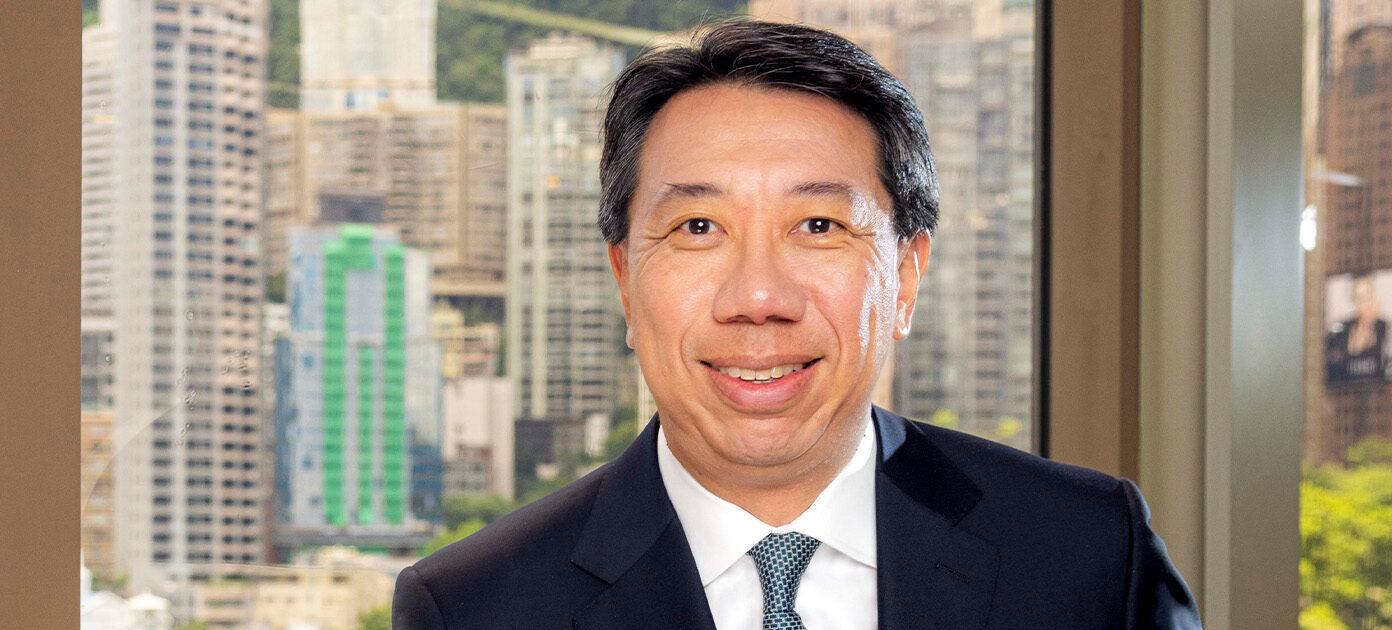Bright spots in Asia remain


Despite a myriad of headwinds, Asia remains a bright spot with its growth fuelled by its strong economic fundamentals combined with three key economic engines, namely Greater China, Asean, and South Asia.
“Though the world faces some near-term challenges, it does not change our positive long-term outlook for this region,” said Benjamin Hung, chief executive officer, Asia, Standard Chartered.
In fact, there are already signs of “global revitalisation” in Asia, said Hung.
“The Regional Comprehensive Economic Partnership (RCEP), which went into effect in January this year, has steadily boosted intra-Asian trade and investment, attracting more Chinese investments into Asean in clean tech, manufacturing and e-commerce,” he pointed out.
In addition, Asia will likely also remain a manufacturing powerhouse, building on supply chains and expertise built over the decades.
This role as a manufacturing powerhouse has benefited and will continue to benefit Asean he said. In particular, markets such as Vietnam, Indonesia and Thailand will continue to benefit from their roles as alternative manufacturing hubs as businesses increasingly adopt a “China plus One” diversification strategy.
“We are seeing transformational and structural trends presenting attractive opportunities, especially in Asia. There is growing inter-connectivity in intra-Asian trade and capital flows,” said Hung.
Meanwhile, China and India being the two largest economies in Asia will naturally continue to attract investor attention.
“With China’s opening-up, more opportunities will come through in capital markets, wealth management of the rising middle class and RMB internationalisation, translating to business opportunities to facilitate trade and investments into and from China to the rest of the world,” he said.
For South Asia on the other hand, the bank expects increasing income and purchasing power to accelerate the adoption of digital and new tech, thereby shaping the region’s prosperity and long-term consumption.
Building through challenging times
The world sits in a precarious and delicate situation, still mired in the lingering effects from the pandemic, further exacerbated by runaway energy prices, inflation hikes, and increasing geopolitical tensions.
In October, the International Monetary Fund (IMF) forecasted global growth to slow from 6.0 per cent in 2021 to 3.2 per cent in 2022 and 2.7 per cent in 2023. This, they said, is the weakest growth profile since 2001 except for the global financial crisis and the acute phase of the Covid-19 pandemic.
For the Asean-5 – Indonesia, Malaysia, the Philippines, Singapore and Thailand – IMF forecast global growth to grow from 3.4 per cent in 2021 to 5.3 per cent in 2022 before slowing to 4.9 per cent in 2023.
For “emerging and developing Asia” which combines the outlook of the Asean-5 bloc with China and India, they see growth slowing from 7.2 per cent in 2021 to 4.4 per cent in 2022 before climbing to 4.9 per cent in 2023.
Separately, the Asean+3 Macroeconomic Research Office (Amro) cut its 2022 growth estimate for the Asean+3 region to 3.7 per cent, from its July projection of 4.3 per cent. They also noted that as of October, the growth outlook for 2023 was dimmer, compared with their last update in July (at 4.6 per cent and 4.9 per cent respectively).
Notwithstanding these near-term challenges, Hung said: “We remain optimistic about Asia’s potential and are still looking at growth rates of over 4 per cent in 2022 and over 5 per cent for 2023.”
“For Standard Chartered, at H1 2022, our trade corridors performance showed good progress despite the macro-environment,” he noted.
Specifically, the bank’s Asia network income was up 14 per cent, with China as its largest network contributor. The bank saw its income for China onshore (for the first half of the year) hit a record high and strong network income growth in the China-Asean corridor (up 36 per cent). For China-South Asia, network income was up 24 per cent year-on-year.
Over half of the network income from the bank’s Europe and Americas region flowed into Asia.
In fact, the bank is “accelerating our focus in seizing the China opportunity, with the ambition to double China’s profit contribution to the Group by 2024”.
“We have committed US$300 million over the next three years into our China-related businesses and capabilities, including the Greater Bay Area,” he said.
Source: The Business Times © Singapore Press Holdings Limited. Permission required for reproduction.